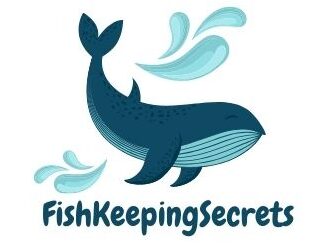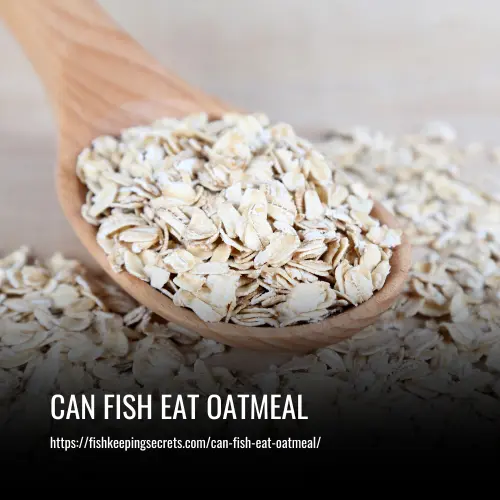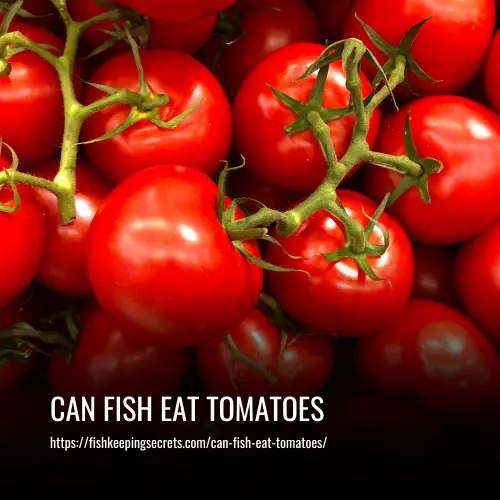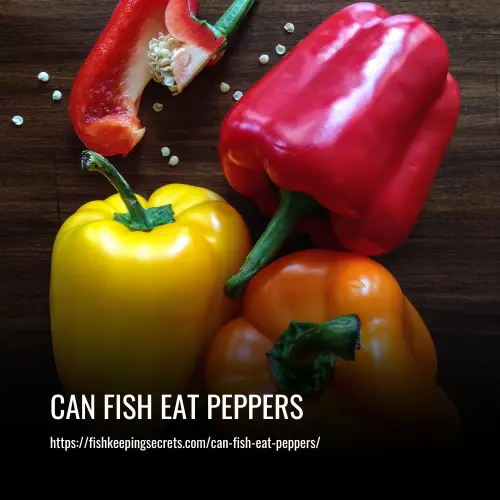Yes, Glofish can eat bloodworms. Bloodworms can be a nutritious food source for Glofish as they are high in protein. However, they should be fed in moderation and as part of a balanced diet.
It is always important to vary their diet and provide a mix of different foods to ensure their nutritional needs are met.
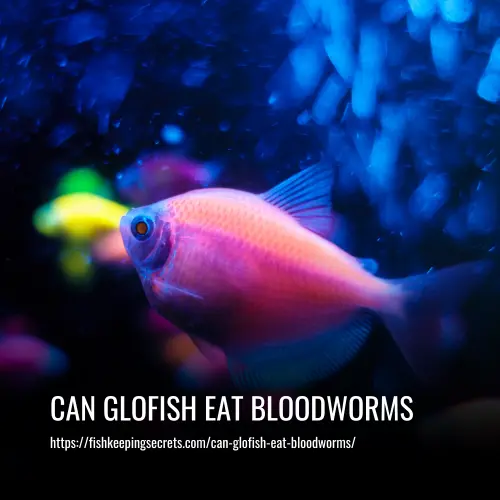
How Do Glofish Respond to Bloodworms?
Glofish respond positively to bloodworms due to their rich protein and high nutritional content. When offered bloodworms, Glofish are likely to exhibit active feeding behavior and eagerly consume the worms. This makes bloodworms a popular and beneficial food choice for Glofish.
Are Bloodworms Good for Glofish?
Yes, bloodworms can be a good source of protein for Glofish when fed in moderation. It is important to provide a varied diet for Glofish, including a mix of commercial fish flakes or pellets, frozen or live foods like bloodworms, and occasional treats like brine shrimp. However, it is crucial to not overfeed Glofish to ensure their health and the cleanliness of the aquarium. Overfeeding can lead to poor water quality and health issues for the fish. Therefore, while bloodworms can be a nutritious food option for Glofish, it is essential to feed them in moderation and as part of a balanced diet.
What Are the Nutritional Benefits of Feeding Glofish Bloodworms?
Feeding Glofish bloodworms offers several nutritional benefits that contribute to their overall health and well-being.
- High Protein Content: Bloodworms are high in protein, essential for muscle growth and development in Glofish.
- Essential Amino Acids, Vitamins, and Minerals: Bloodworms contain essential amino acids, vitamins, and minerals that support overall health and immunity in Glofish.
- Source of Omega-3 Fatty Acids: Bloodworms are a natural source of omega-3 fatty acids, promoting heart health and brain function in Glofish.
Does Glofish Have Specific Dietary Requirements?
Yes, Glofish have dietary requirements similar to other tropical fish. They should be fed a balanced diet that includes high-quality fish flakes or pellets specifically formulated for tropical fish.
In addition, they can also be fed freeze-dried or frozen foods such as bloodworms, brine shrimp, and daphnia. It is important to avoid overfeeding and to provide a varied diet to ensure their nutritional needs are met.
How Often Should You Feed Glofish Bloodworms?
Glofish can be given bloodworms as a treat, but they should not be the main part of their diet. Bloodworms can be fed to Glofish once or twice a week as part of a varied diet.
It’s important to ensure that they also receive a balanced diet of high-quality fish pellets or flakes to ensure they get all the necessary nutrients. Providing a balanced diet will help keep Glofish healthy and thriving.
What Other Foods Can Be an Alternative to Bloodworms for Glofish?
Some alternative foods for Glofish include brine shrimp, daphnia, tubifex worms, and commercially available fish flakes or pellets specifically formulated for tropical fish. These foods can provide a variety of nutrients and can be a suitable substitute for bloodworms.
Brine shrimp and daphnia are rich in protein and are a natural part of the Glofish’s diet in the wild. Tubifex worms are also high in protein and are a common food source for many aquarium fish.
Commercially available fish flakes or pellets formulated for tropical fish provide a balanced diet with essential nutrients. These alternative foods can help ensure that Glofish receives the necessary nutrients and variety in their diet while also serving as a suitable substitute for bloodworms.
FAQs
Yes, Glofish can eat bloodworms. Bloodworms are a suitable part of their diet and are often enjoyed by these colorful fish.
Bloodworms can be fed to Glofish as a treat or supplement to their regular diet of flakes or pellets. Offer bloodworms to your Glofish once or twice a week to prevent overfeeding.
Yes, bloodworms are nutritious for Glofish. They are high in protein and other essential nutrients, making them a beneficial addition to their diet.
When fed in moderation, bloodworms are generally safe for Glofish. However, overfeeding can lead to health issues such as constipation or water quality problems. It’s essential to feed bloodworms sparingly and monitor your fish’s overall health.
Bloodworms can be purchased frozen or freeze-dried from pet stores. Thaw frozen bloodworms in a small container of aquarium water before feeding. If using freeze-dried bloodworms, soak them in aquarium water for a few minutes to rehydrate before offering them to your Glofish.
Yes, there are several alternative foods you can give your Glofish, including flakes, pellets, brine shrimp, and daphnia. Variety in their diet is essential for their overall health and well-being.
Conclusion
After months of experimenting with different foods for my glofish, I have finally found the perfect combination of fish food that keeps them healthy and vibrant. Brine shrimp, tubifex worms, freeze-dried bloodworms, krill, and mosquito larvae are all great options for supplementing their regular commercial fish food.
By providing them with a balanced diet full of variety, I know that my goldfish’s colors will remain vivid and they’ll be in top condition for years to come.
